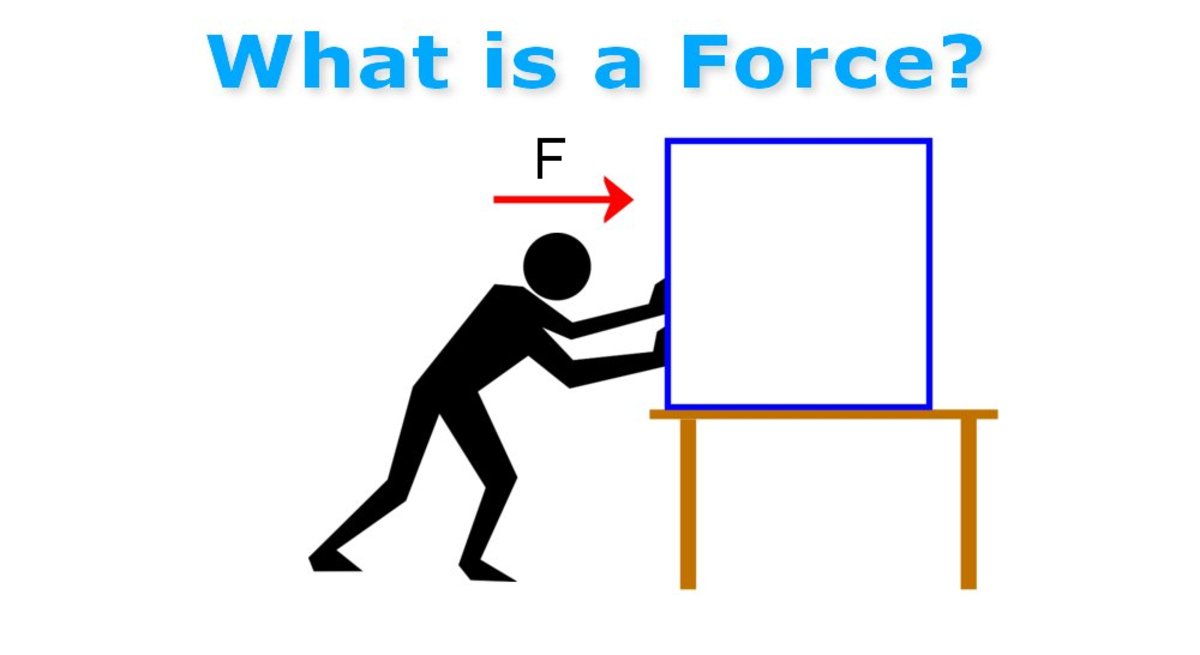Force

In physics, force is a quantitative measure of the interaction between two physical bodies or between different parts of the same body. It is a vector quantity, meaning it has both magnitude and direction. Force is responsible for causing changes in the motion or shape of an object.
The fundamental equation that defines force is given by Newton's Second Law of Motion:
where:
This equation states that the force acting on an object is equal to the mass of the object multiplied by the acceleration it experiences. In simpler terms, force is what causes an object to accelerate or decelerate.
Key points about force include:
Direction: Force is a vector quantity, so it has both magnitude and direction. The direction of the force is crucial in understanding how it will affect the motion of an object.
Units: The standard unit of force in the International System of Units (SI) is the newton (N). One newton is defined as the force required to accelerate a mass of one kilogram at a rate of one meter per second squared.
Types of Forces: Forces can be classified into various types, including:
Net Force: When multiple forces act on an object, the net force is the vector sum of all the individual forces. The net force determines the object's overall acceleration.
Equal and Opposite Forces: Newton's Third Law of Motion states that for every action, there is an equal and opposite reaction. If object A exerts a force on object B, then object B simultaneously exerts a force of equal magnitude but in the opposite direction on object A.
Force Diagrams: Force diagrams, such as free-body diagrams, are graphical representations used to analyze and understand the forces acting on an object.
Forces play a central role in understanding and predicting the motion of objects, and they are fundamental to the study of classical mechanics in physics.
Thank you,